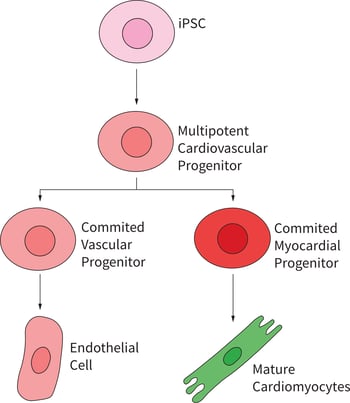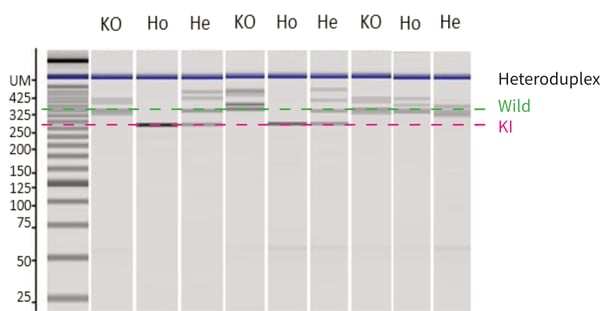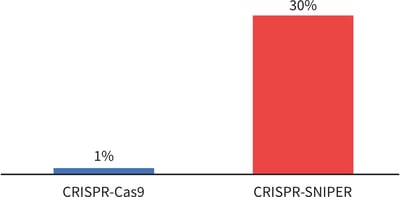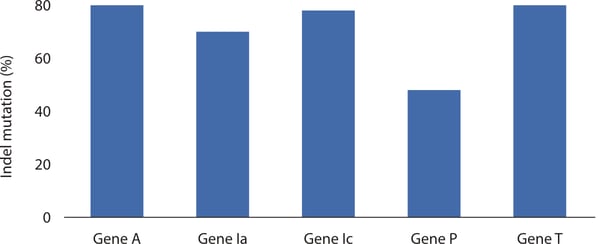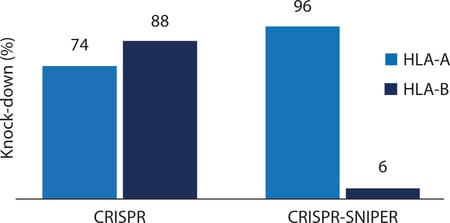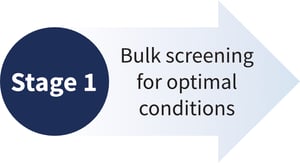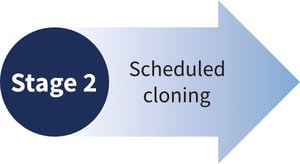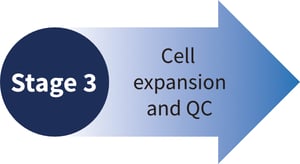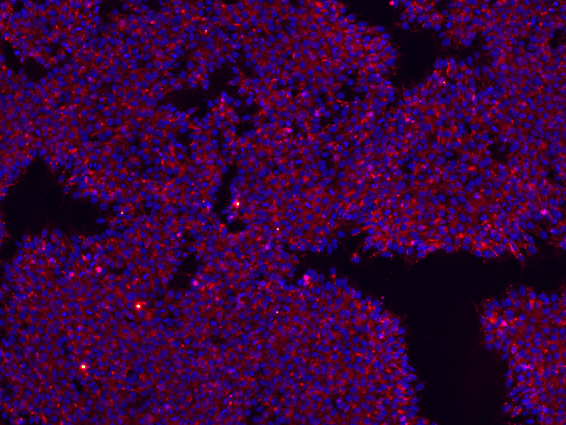At REPROCELL, we have collaborated with GenAhead Bio to provide CRISPR-SNIPER gene editing services. This novel approach to genome modification makes it possible to achieve otherwise challenging mutations.
CRISPR-SNIPER is the most efficient gene-editing technique on the market. It greatly increases the likelihood of project success — saving you time, effort and money.


